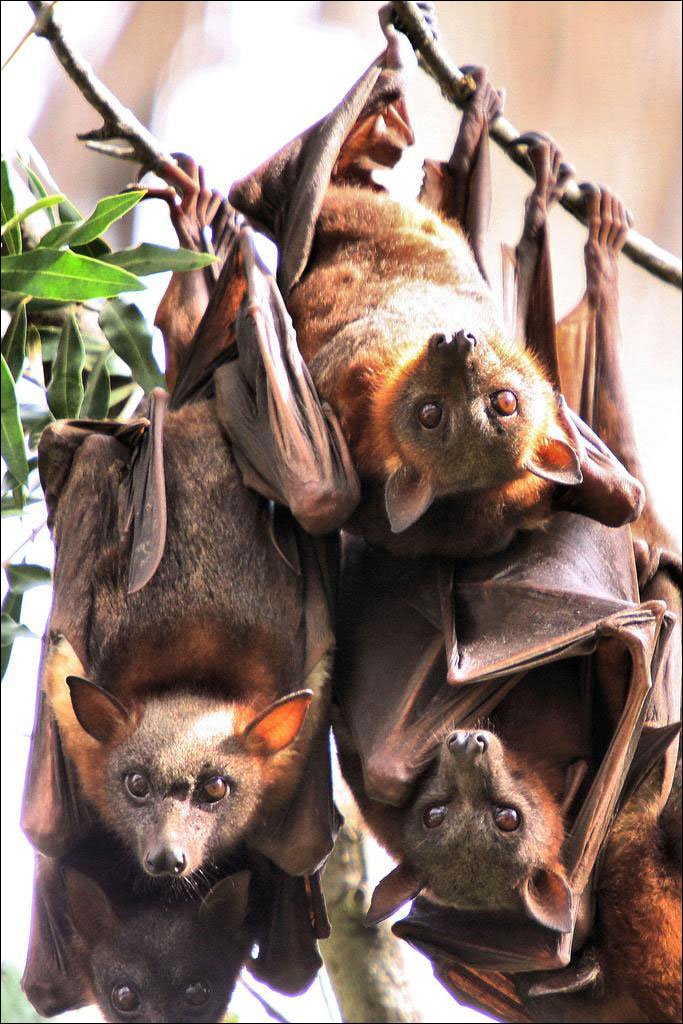Research on underexamined animal infections benefits human health
Just 10 diseases accounted for approximately half of all published research on wildlife-to-livestock infections in the past century, according to data in Proceedings of the National Academy of Sciences.
As these pathogens often act as precursors to emergence in humans, increasing focus in this area could greatly benefit nonanimal health as well, the researchers wrote.
“Oftentimes we don’t prioritize animal health until it impacts on human health, which means we miss the opportunity to manage diseases at the source,” Siobhan M. Mor, PhD, of the faculty of veterinary science at the University of Sydney, said in a press release. “In the case of emerging diseases, we tend to react to large outbreaks of disease in humans, rather than preventing or managing the infection in animals, likely because we still don’t know a lot about the role of these microbes in the ecology of wildlife and livestock disease.”
To quantitatively characterize previously reported data concerning infectious disease at the wildlife-livestock interface, Mor and colleagues identified 78,861 relevant publications from 1912 to 2013. After screening, 15,998 publications were included in the final analysis and analyzed by time of publication, included disease, interface and continental region.
Approximately 17% of the publications referred to more than a single disease, and 113 of 118 diseases of interest were referred to within the data pool. Diseases cited resulted from viruses (60%), bacteria (40%), parasites (29%) and prions (2%), while fungal diseases were not represented. There was an overall increase in infection data concerning the wildlife-livestock interface over time, with early publications primarily describing parasitic diseases and later data focusing more often on viral diseases.

Figure 1. This species of megabat, native to northern and eastern Australia, is a source of zoonotic viruses that are potentially fatal to humans if spread through livestock, including Hendra virus.
Source: Mdk572 under CC BY-SA 3.0
Nearly half of all published research was focused on 10 types of disease, the most prevalent among which were avian influenza (9.9%), rabies (9.4%) and Salmonellosis (6.2%). Additionally, publications referring to diseases at the bird-poultry interface increased at a rate of 10.8% per year from 2003 to 2013 (95% CI, 8.5%-13.1%), while those on the artiodactyls-cattle interface increased from 4.3% before 2002 to 9.2% afterward (P < .001).
This heavy concentration of predominantly zoonotic data reveals a heavy research interest in human health, the researchers wrote, but diseases affecting wildlife and livestock continue to have a larger impact.
“Infectious diseases at the wildlife-livestock interface threaten the health and well-being of wildlife, livestock and human populations, and contribute to significant economic losses to each sector,” the researchers wrote. “We show that relatively few interfaces can be considered important from a disease ecology perspective. These findings suggest that surveillance and research strategies that target specific wildlife-livestock interfaces may yield the greatest return in investment.” – by Dave Muoio
Disclosure: The researchers report no relevant financial disclosures.
